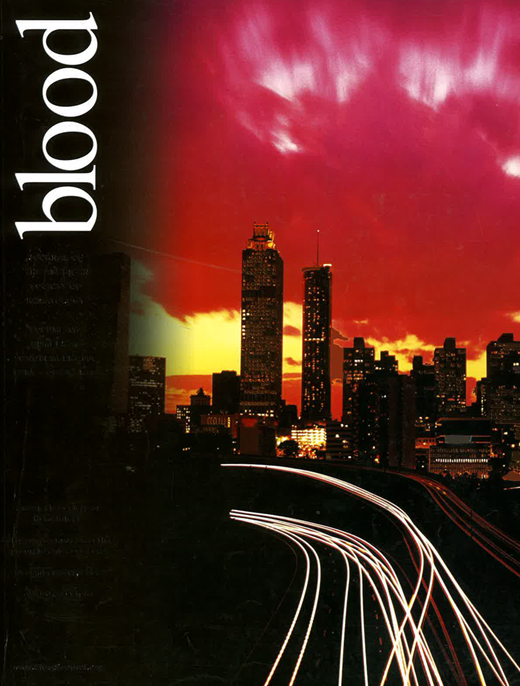Abstract
BACKGROUND: Low-molecular-weight heparins are increasingly being used for prophylaxis of thromboembolic events (TE) in children. Fragmin offers the advantage of once-daily dosing. However appropriate dosing and pharmacokinetics (PK) of Fragmin in children are unknown. The objective of the study was to determine
once daily dose of Fragmin required in children to achieve anti-Xa levels of 0.10–0.40 Anti-Xa U/mL.
PK of Fragmin over all age groups.
STUDY DESIGN: Prospective cohort study in non-selected children at increased risk for TE who were being treated at Stollery Children’s Hospital, Edmonton or Hospital for Sick Children, Toronto, Canada. All children received a starting dose of 100 mg/kg, an Anti-Xa level was drawn 4 hours post and dosages were adjusted until the target 0.1–0.4 μ/ml was reached. Children then entered the pharmacokinetic phase and blood was drawn at specified timepoints over several different days for Anti-Xa levels. A sparse sampling scheme and population-based, nonlinear mixed effect model approach were used to assess exposure targets. The primary outcomes were:
dose required to achieve therapeutic anti-Xa levels in each of the age groups.
observed maximum plasma activity (Cmax), time that Cmax was observed (Tmax), half-life (t1/2) and extravascular plasma clearance (Cl/F).
Safety was assessed by collection of data on bleeding and thrombotic events.
RESULTS: 43 children were enrolled, 1 developed a TE prior to receiving Fragmin 42 received drug. Two patients developed TE after one dose, 5 withdrew voluntarily and 1 had CVL removed early. 34 received the drug, 31 contributed PK data. A once compartment model with allometrically-scaled clearance and volume best explained observed concentration-time profiles. The median maintenance dose in children under 5 yrs of age was 100 IU/Kg whereas 5–10 and 10–16 yr old required 88 and 63 IU/Kg respectfully. The PK parameters are summarised in Table I. In terms of safety, there were no major bleeding events reported. Minor bleeds were reported in 4 patients: 3 bleeding at insuflon site and 1 oozing from PICC line. Two patients had asymptomatic thrombosis discovered on chance finding: 1 patient with a portal vein thrombosis discovered on routine renal ultrasound which did not resolve on treatment. One patient had a small clot at tip of CVL discovered on routine echocardiogram which did resolve on treatment.
CONCLUSIONS: Dosing of Fragmin is age-dependent. The PK studies showed an increase in clearance of Fragmin in younger children. The volume of distribution is approximately equal to plasma volume and remains constant across the studied age ranges. The shift in time to maximum Anti-Xa level maybe due to absorption-related differences which means the 4-hour sampling paradigm is not adequate to judge therapeutic exposure across age groups.
Pharmacokinetic parameters
| . | 0−2 months (n=6) . | 2–12 Months (n=8) . | 1−5 Years (n=6) . | 5−10 years (n=4) . | 10–16 years (n=7) . |
|---|---|---|---|---|---|
| Cmax [IU/mL] | 0.13 | 0.26 | 0.26 | 0.29 | 0.34 |
| Tmax [hours] | 1.6 | 1.8 | 2.1 | 2.3 | 2.6 |
| T1.2 [hours] | 0.50 | 0.61 | 0.77 | 0.90 | 1.08 |
| CL/F [L/hour/kg] | 0.046 | 0.032 | 0.031 | 0.024 | 0.019 |
| . | 0−2 months (n=6) . | 2–12 Months (n=8) . | 1−5 Years (n=6) . | 5−10 years (n=4) . | 10–16 years (n=7) . |
|---|---|---|---|---|---|
| Cmax [IU/mL] | 0.13 | 0.26 | 0.26 | 0.29 | 0.34 |
| Tmax [hours] | 1.6 | 1.8 | 2.1 | 2.3 | 2.6 |
| T1.2 [hours] | 0.50 | 0.61 | 0.77 | 0.90 | 1.08 |
| CL/F [L/hour/kg] | 0.046 | 0.032 | 0.031 | 0.024 | 0.019 |
Author notes
Disclosure:Research Funding: The study was funded by a grant from Pfizer Canada. The study was an investigator initiated protocol and Pfizer had no role in collection or analysing the data.

